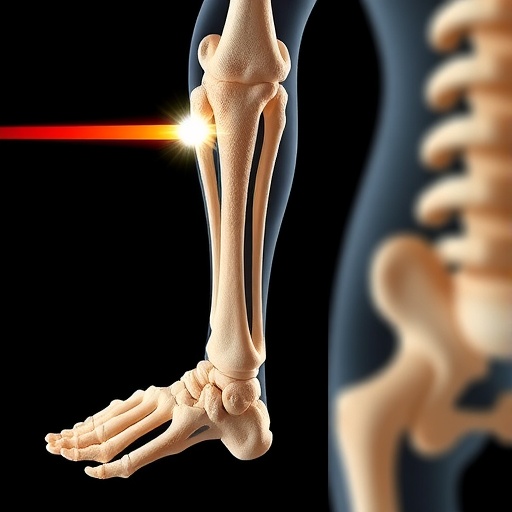EMBARGOED UNTIL 9:30 AM ET on August 28, 2018, Munich, Germany: Researchers at Cleveland Clinic, University of Oxford and University of Erlangen have identified a novel imaging biomarker, which has been found to be able to predict all-cause and cardiac mortality by measuring inflammation of fatty tissue surrounding the coronary arteries.
Coronary artery inflammation inhibits fatty tissue formation surrounding the blood vessels, known as perivascular fat. Researchers developed the perivascular fat attenuation index (FAI) as an imaging biomarker to quantify inflammation-induced changes in perivascular fat. FAI captures coronary inflammation by mapping the changes in perivascular fat on coronary computed tomography angiography (CTA), enabling early detection of coronary inflammation.
"This is an exciting new technology which has the potential for providing a simple, non-invasive answer to detect patients at risk for future fatal heart attacks, said co-first author Milind Desai, M.D., Cleveland Clinic cardiologist. "More importantly, it highlights the incredible value of cross-continent collaboration to validate the findings in different populations."
Cardiovascular Risk Prediction using Computed Tomography (CRISP-CT) study collected data from the two cohorts of consecutive patients undergoing coronary CT angiography — 1,872 patients in Germany from 2005 to 2009 (derivation cohort) and 2,040 patients at Cleveland Clinic from 2008 to 2016 (validation cohort). Median patient age in the cohorts was 62 and 53 years.
In both cohorts, higher perivascular FAI values — indicating greater coronary inflammation — were associated with significantly higher rates of death from any cause and death from cardiac causes.
"This new technology may prove transformative for primary and secondary prevention. For the first time we have a set of biomarkers, derived from a routine test that is already used in everyday clinical practice, that measures what we call the 'residual cardiovascular risk', currently missed by all risk scores and non-invasive tests," said Charalambos Antoniades, M.D., who led the study at the University of Oxford's Division of Cardiovascular Medicine. "Knowing who is at increased risk for a heart attack could allow us to intervene early enough to prevent it. I expect these biomarkers to become an essential part of standard CT coronary angiography reporting in the coming years."
According to the CDC, about 610,000 die of heart disease in the United States every year. Coronary heart disease (CHD) is the most common type of heart disease, and about 735,000 Americans suffer from heart attack each year.
The research was presented as a late-breaking presentation at the European Society of Cardiology Congress 2018 in Munich, Germany and simultaneously published online in The Lancet.
###
About Cleveland Clinic
Cleveland Clinic is a nonprofit multispecialty academic medical center that integrates clinical and hospital care with research and education. Located in Cleveland, Ohio, it was founded in 1921 by four renowned physicians with a vision of providing outstanding patient care based upon the principles of cooperation, compassion and innovation. Cleveland Clinic has pioneered many medical breakthroughs, including coronary artery bypass surgery and the first face transplant in the United States. U.S. News & World Report consistently names Cleveland Clinic as one of the nation's best hospitals in its annual "America's Best Hospitals" survey. Among Cleveland Clinic's 52,000 employees are more than 3,600 full-time salaried physicians and researchers and 14,000 nurses, representing 140 medical specialties and subspecialties. Cleveland Clinic's health system includes a 165-acre main campus near downtown Cleveland, 11 regional hospitals, more than 150 northern Ohio outpatient locations – including 18 full-service family health centers and three health and wellness centers – and locations in Weston, Fla.; Las Vegas, Nev.; Toronto, Canada; Abu Dhabi, UAE; and London, England. In 2017, there were 7.6 million outpatient visits, 229,000 hospital admissions and 207,000 surgical cases throughout Cleveland Clinic's health system. Patients came for treatment from every state and 185 countries. Visit us at clevelandclinic.org. Follow us at twitter.com/ClevelandClinic. News and resources available at newsroom.clevelandclinic.org.
Editor's Note: Cleveland Clinic News Service is available to provide broadcast-quality interviews and B-roll upon request.
Contact:
Tora Vinci, 216.444.2412, [email protected]
Andrea Pacetti, 216.444.8168, [email protected]
Media Contact
Victoria Vinci
[email protected]
216-444-2412
@ClevelandClinic
http://www.clevelandclinic.org




